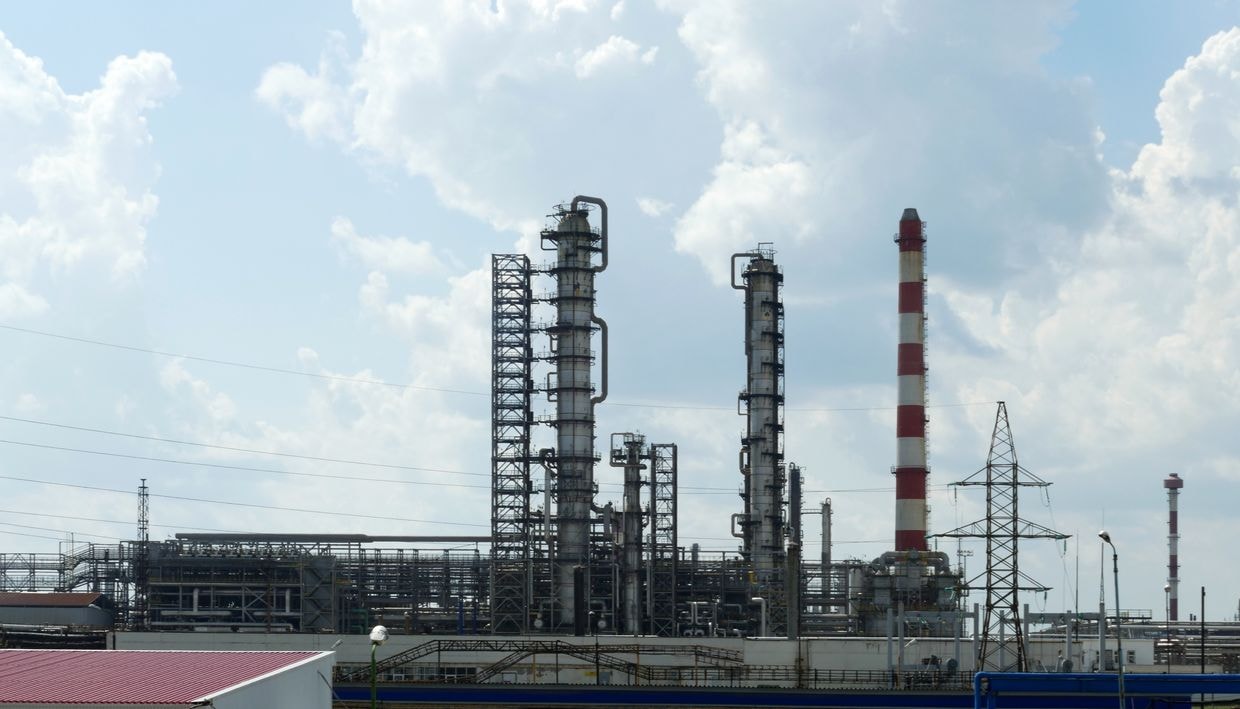US weapons aid to Ukraine is about to run out

Funds that Congress approved for weapons packages to Ukraine during the Biden administration are nearly empty, with most weapons already in Ukraine.
A Dec. 30 package from former U.S. President Joe Biden used up the last of the funding from the Ukraine Security Assistance Initiative, which since 2022 has allocated $32.7 billion to buy Ukraine new equipment.
That final package included mostly air defense missiles and ammunition for rocket systems like HIMARS, as well as simpler artillery shells, which are a consistent pain point given Ukraine’s constant need.
Even prior to Trump’s inauguration, the Pentagon’s 2025 request for funding to restock the Ukraine Security Assistance Initiative was a relatively meager $300 million.
Of roughly $45.8 billion that has been sent to a separate “drawdown” fund, approved in the last Congress, only $3.8 billion — about 8% — remains.
The structure of these “drawdowns” pays U.S. arms makers to replenish stockpiles of old weapons sent to Ukraine, with the money going to new equipment that stays in America. Anything the Pentagon actually sends to Ukraine will be worth significantly less than $3.8 billion.
The new Congress has yet to approve a new budget for 2025 and any future weapons appropriations to Ukraine are largely in Trump’s hands. Ukraine’s continued dependence on that dwindling U.S. weaponry gives Trump enormous leverage.
Trump appears to want to use this leverage to strike a deal on Ukraine’s mineral reserves. Ukraine’s President Volodymyr Zelensky has signaled he is open to a deal.
U.S. weapons have been critical to Ukraine’s defense. Zelensky recently tallied U.S. weapons packages as about 40% of Ukraine’s total arms supply — still a hefty chunk despite extensive work to expand Ukraine’s domestic defense production.
The slow pace of physical weapons deliveries to Ukraine has also caused controversy, particularly since the end of 2023. Even after the political approval of packages, the physical relocation process was bogged down and tracking remains uncertain.
As funding nears its end, the Pentagon has, it says, already delivered most of what has been allocated.
“As of Jan. 10, the Department of Defense has delivered 89% of critical munitions, 94% of anti-armor systems, and 75% of other fire capabilities committed to Ukraine through Presidential Drawdown Authority,” said Lt. Col. Charlie Dietz, a Pentagon representative.
Remaining arms are set to trickle in. But what’s left in transit is mostly old armored personnel carriers and military trucks.
“The main refurbishments are vehicles, which will continue to be delivered into the summer,” Dietz said.
“Delivery timelines for critical combat equipment, like artillery systems and Bradley Infantry Fighting Vehicles, as well as other armored vehicles, such as M113s and HMMWVs, can sometimes be longer because we must first repair the vehicles.”
American-made vehicles are not at the top of the list of Ukrainian needs at the moment, said Kateryna Bondar, a fellow at the Center for Strategic and International Studies in Washington, D.C.
“No, Ukraine cannot produce (Bradleys) by itself, but Ukraine doesn’t need this kind of weaponry on the front line right now,” she said.
Ukraine’s actual needs are more rote, according to Bondar. “Simply put: 155 mm explosives. Maybe it’s not very fancy. But artillery, long-range strikes, air defense — expensive conventional systems, this is what Ukraine needs the most.”









